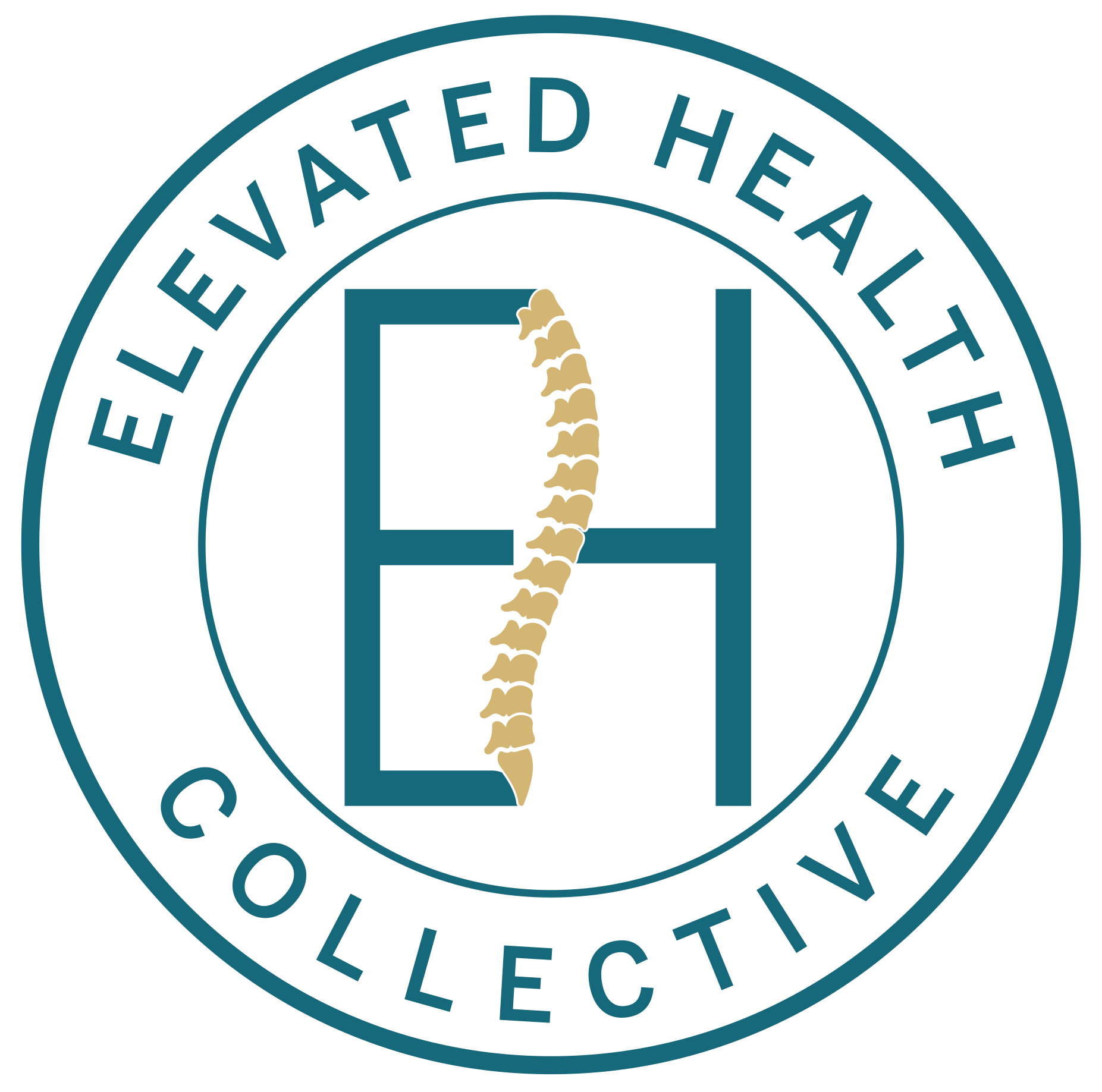Frequently Asked Questions
Osteopathy can help with many conditions. Improvement has been seen in:
asthma, hypertension, migraine headaches, Bell’s Palsy, acid reflux, seizure disorders, ADHD, insomnia, anxiety, depression, chronic fatigue, Post-Concussion Syndrome, back and neck pain. These are only a few of the
conditions Osteopathic Practitioners see and treat on a daily basis. A more
extensive list can be found here.
Prior to your first appointment, a medical history (send via email) form has to be completed.
At your first visit we will take a complete review of your issue(s). We discuss the reason(s) you’ve come in, thoroughly go over your medical history and answer any questions you may have.
After talking about your aches, pains and complaints, some assessment will be needed to determine the course of the approach to get you better.
The session is then going to end with an initial treatment.
No, osteopathic treatment is currently not covered by OHIP. However, many
extended health care plans do cover it. Be sure to look into your coverage to see if this applies to you.
Some insurance companies do offer osteopathic coverage, but it depends on your plan.
Upon payment, a receipt will be issued to you that can then be submitted to your insurance.
No referral is necessary. Should anything arise in an initial intake session or subsequent follow up that is of medical concern to me, I will ask that you check in with your doctor before administering further treatment.
Wear whatever you feel most comfortable in as treatment is delivered fully clothed. Simply make sure that your clothes are non restricting, to facilitate ease of movement during the session, i.e. shorts, sweat / yoga pants or leggings and a t-shirt / undershirt. Please avoid tight jeans or skirts/dresses.
You will be taking your shoes off. Please ensure that you are wearing socks or
stockings, or plan to bring a pair of socks with you.
If applicable, please being results from MRI, CT, X-ray or other medical reports. If you have notes from referring caregivers (physician, physiotherapist,
chiropractor, athletic therapist, OT, etc.) please bring those as well.
Assessment and treatment is very gentle and should be pain free. Prepare to be surprised at how subtle it might feel, while being effective in easing discomfort and having you feeling better than when you came in.
This is difficult to predict as it depends on the presenting complaint, its severity, duration and complications. We, as living human beings, are far too complex organisms for a “one shoe fits all” answer to the question. You might suffer from the same condition as someone else, but respond totally different to treatment. However, this being said, many people begin to notice results after one or two treatments while others may take longer. Each individual’s journey is unique.
This again is evaluated on an individual basis, depending upon the condition, the age of the patient and the depth of the treatment. It is not uncommon to see a
patient every one to two weeks for a couple of visits and then every four to six weeks as they are improving.
All three rehabilitative disciplines can be effective in helping to resolve your body aches, pains and injuries. Your physiotherapist, chiropractor and osteopath will all spend time analyzing your movements and utilizing hands-on care to clear restrictions in the body.
What sets osteopathy apart from the others is that the osteopathic practitioner considers the body with all its components (ligaments, tendons, fascia, muscle, bones, viscera, blood vessels, lymphatics and nerves) as one, whole unit.
Osteopathic manual practice aims to find the root cause of your complaint rather than just treating its signs or symptoms.
Unlike a chiropractor, a manual osteopaths in Canada is legally not allowed to apply HVLA (high velocity low amplitude) techniques to mobilize a joint. He or she uses only gentle mobilization techniques that can indeed result in an audible ‘crack’ or ‘pop’ of a joint, but it’s never the intention.
It depends on the type and style of treatment provided; generally people feel a light, gentle pressure that does not create any pain. Most people feel great relaxation and a sense of peace. Some report feeling heat, and various sensations such as tingling, or movement of subtle energy or random pulse-like sensations. Many people report feeling relaxed and peaceful for several days after a treatment. As long as you are not experiencing pain during the treatment, we are less concerned with what you feel during the treatment, and more concerned with the results and how you feel for days and weeks after the treatment.

